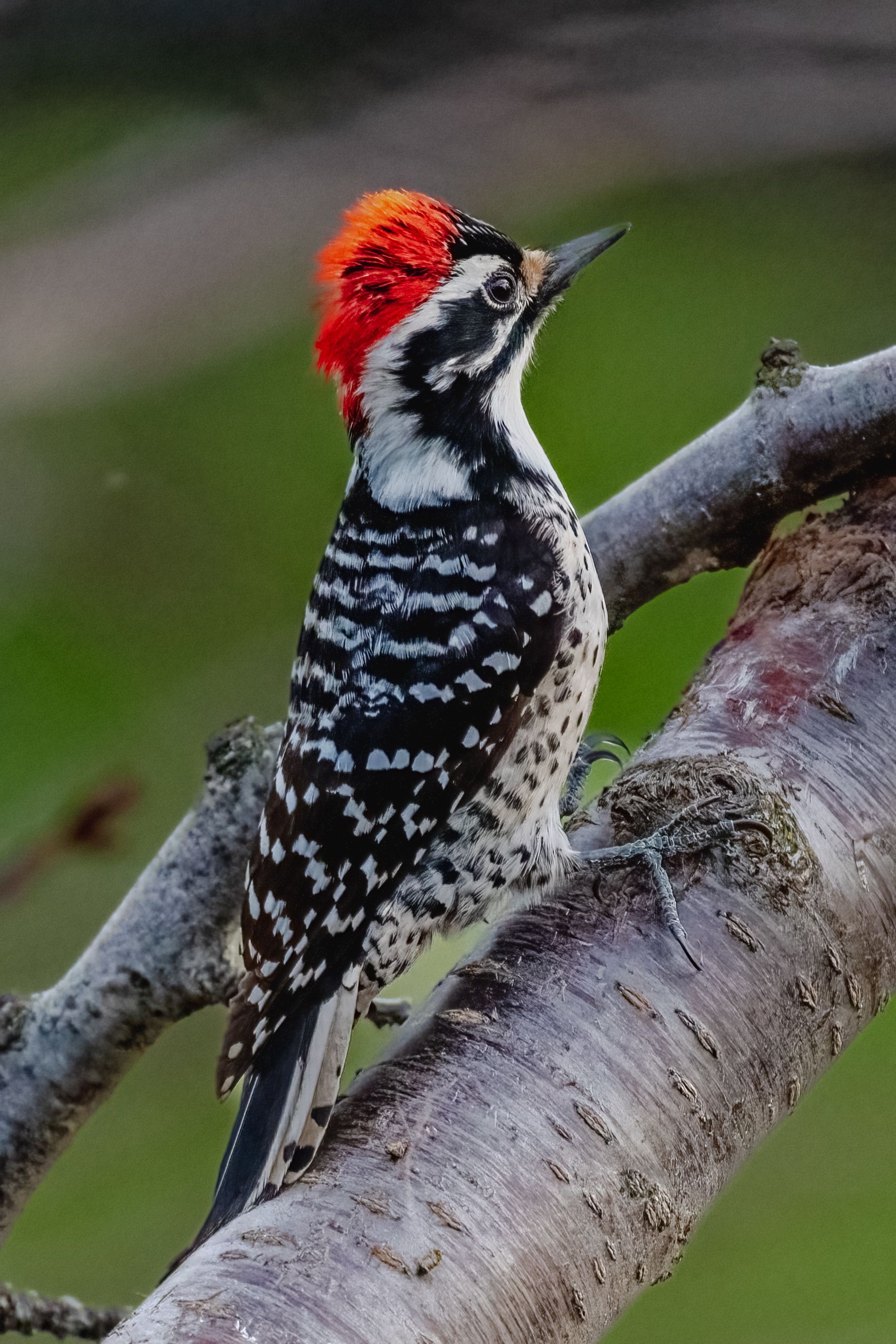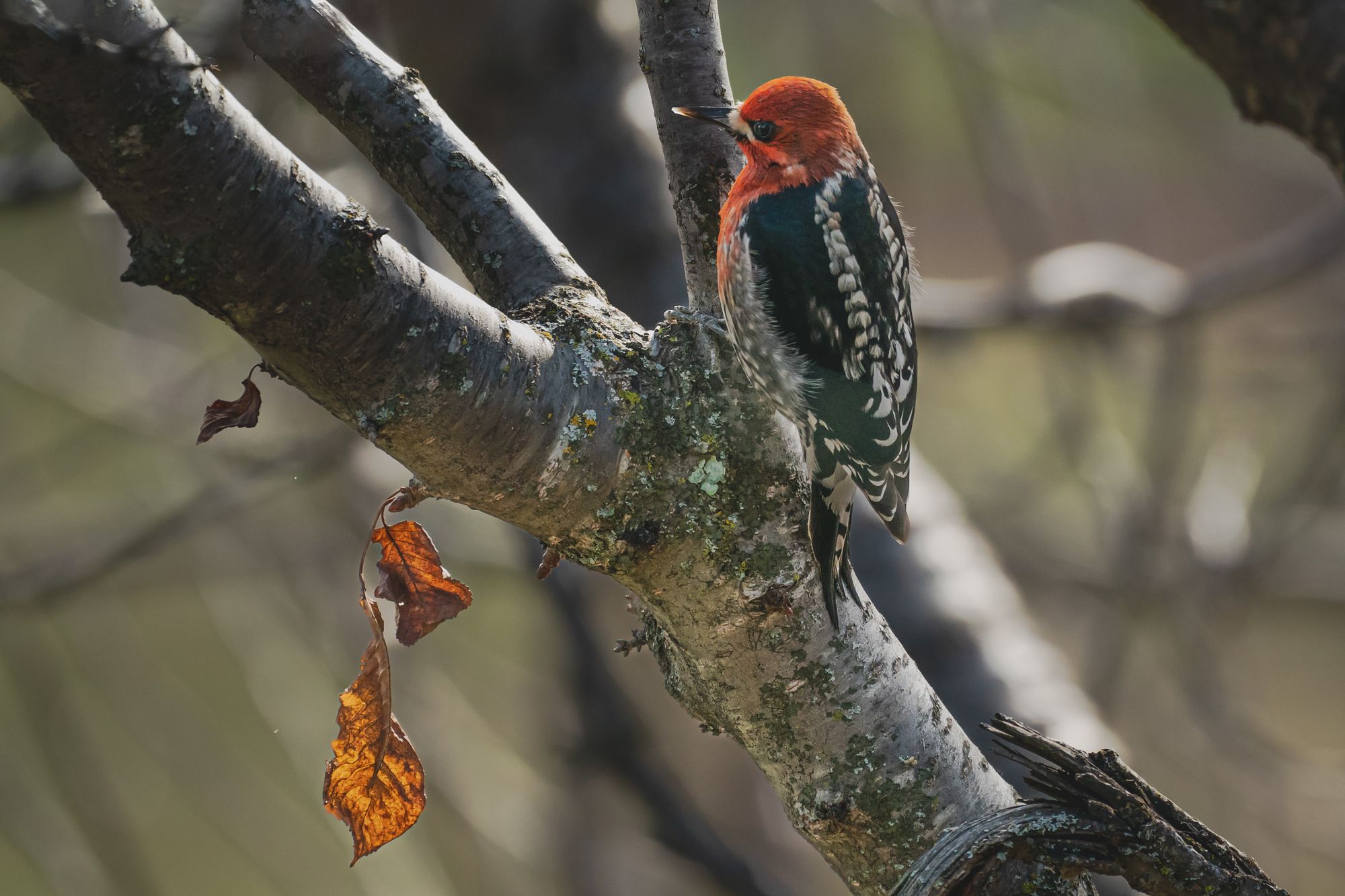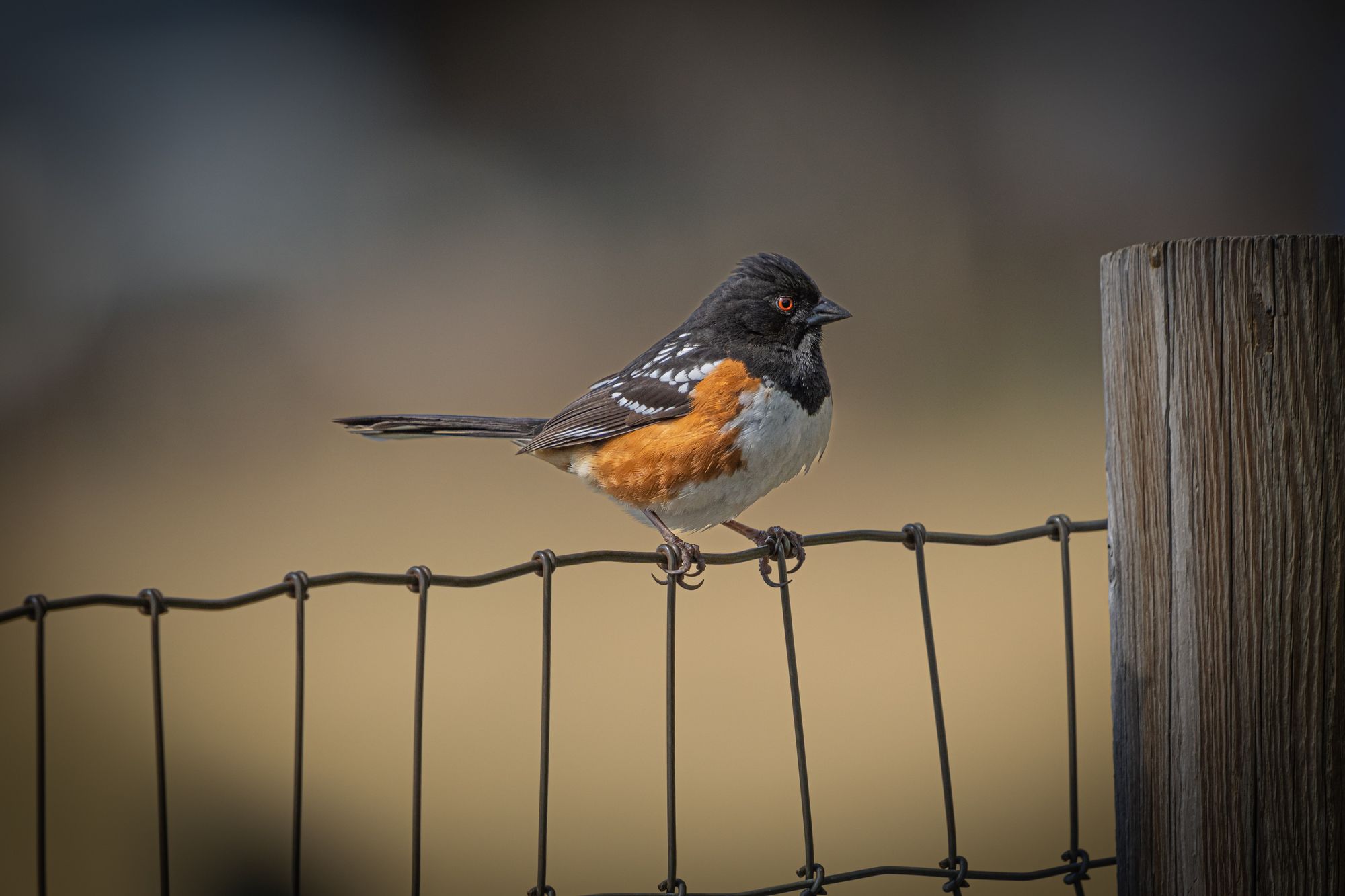Honest Advertising

We all want to be seen for who we really are. Yet, at the same time, aren't we all a little guilty of posting a profile picture that was taken a “couple” years ago, or touching up a photo to smooth out a few wrinkles?
It turns out we're not alone in our desire to be seen for more than we are. Birds feel this too, and birds have lots of different ways to trick neighbors, competitors, and potential mates into thinking they’re someone that they’re not.
How do birds do this? Well, they can sing sweet songs. They can perform flamboyant displays. Or they can add some extra red, orange, or yellow colors to their feathers. All of these strategies are ways of tricking other birds into thinking that you’re either bigger and badder than you really are, or sexier than you really are.
But there is one way that birds cannot fake their true status, and that has to do with their color patterns.
Have you ever wondered why so many birds in the world have white spots, bars, or patches in their feathers? These white markings are known as “honest advertising,” and the science behind this strategy is fascinating.

Let’s start with a few more questions: Have you ever noticed how rare it is to find bird feathers on the ground? Every year, billions of birds in the world shed trillions of feathers, yet all those feathers seem to disappear. Where do they go?!
Feathers are made of keratin (the same material in our fingernails) and keratin is protein, which means it’s a rich source of food if you can eat it. Bacteria love (?) to eat keratin and they secrete an enzyme called keratinase that readily breaks down feathers so they can eat the keratin.
However, at the same time birds also color their feathers with lots of blacks, browns, and grays. These colors are produced by melanin granules embedded in the keratin (melanin is the same pigment in human skin that darkens when we spend time in the sun), and these granules make it much more difficult to eat keratin.

From the bacteria’s point of view, it’s much easier to eat feathers with no black, brown, or gray melanin granules, and those feathers are white feathers, or the portions of dark feathers that are white.
So how does this relate to honest advertising? Well, if you have white spots, bars, or patches in your feathers then those are the places where bacteria are going to start eating your feathers. And the best way to limit bacterial activity is to stay healthy and keep up a regular routine of cleaning your feathers with uropygial oils from your tail glands. Oils from glands at the base of your tail not only knock back detrimental bacteria but also promote the growth of beneficial bacteria that help keep your feathers healthy.

What this means is that the presence of bright, gleaming patches of white (compared to dull degraded white) indicates whether you are a truly healthy bird who is eating all the right foods, with enough extra time and energy for vigorous grooming. Other birds can see this at a glance and tell instantly whether you're an adversary worth fearing, or a potential mate worth getting to know.
You can fake a fancy song, and you can fake a fancy breeding dance, but there’s no way to fake the honest story that your white spots tell about you!





Member discussion